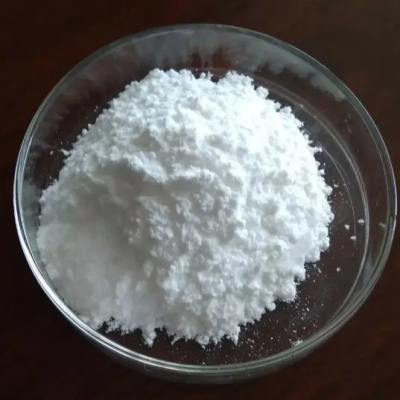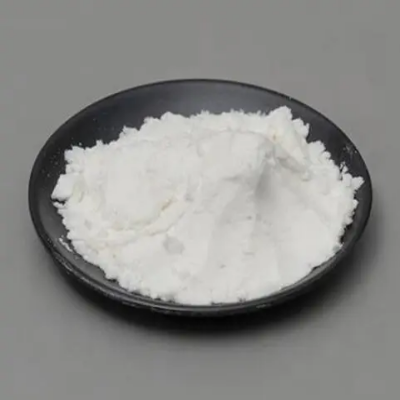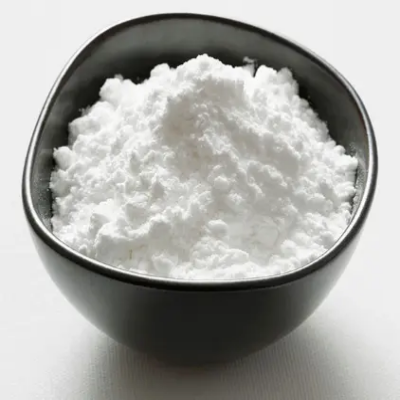terlipressin CAS:14636-12-5
Terlipressin, a synthetic analog of vasopressin, is employed in the management of several clinical conditions, primarily due to its vasoactive and antidiuretic properties. Here are some key applications of terlipressin: Hepatorenal Syndrome (HRS): Terlipressin is widely utilized for the treatment of type 1 hepatorenal syndrome, a serious complication of advanced liver disease. By promoting vasoconstriction and improving renal blood flow, terlipressin helps address the hemodynamic alterations associated with HRS, thereby contributing to improved renal function. Esophageal Variceal Bleeding: In cases of acute esophageal variceal bleeding, terlipressin is utilized to exert vasoconstrictive effects on the splanchnic circulation, reducing portal pressure and mitigating hemorrhage. Its use in combination with endoscopic therapy has been shown to be effective in controlling variceal bleeding episodes. Septic Shock: Terlipressin may be considered in the management of septic shock, particularly in situations where conventional vasopressor agents have proven insufficient. Its vasoconstrictive effects can help stabilize blood pressure and maintain adequate organ perfusion in critical care settings. Hepatorenal Perfusion: Beyond hepatorenal syndrome, terlipressin's ability to modulate splanchnic circulation makes it relevant in optimizing hepatic and renal perfusion in the context of liver transplantation and related surgical procedures. Ascites: Terlipressin is also investigated for its potential role in managing refractory ascites in patients with cirrhosis, aiming to reduce fluid accumulation through its vasoconstrictive actions. While terlipressin demonstrates efficacy in addressing these conditions, its use requires careful consideration of patient-specific factors, including renal function, cardiovascular stability, and underlying comorbidities. As ongoing research continues to elucidate its clinical utility, terlipressin remains an essential tool in the armamentarium for managing complex circulatory and hepatorenal challenges, offering potential avenues for enhancing patient outcomes across diverse clinical settings.



| Composition | C52H74N16O15S2 |
| Assay | 99% |
| Appearance | white powder |
| CAS No. | 14636-12-5 |
| Packing | Small and bulk |
| Shelf Life | 2 years |
| Storage | Store in cool and dry area |
| Certification | ISO. |


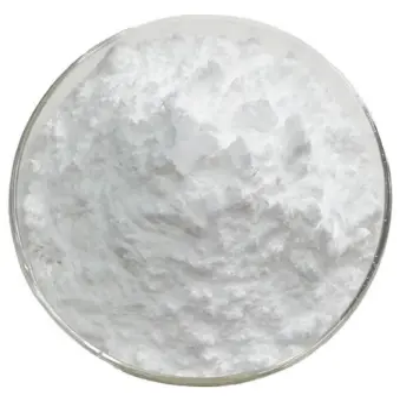

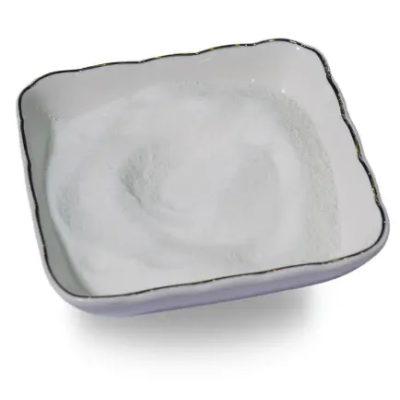
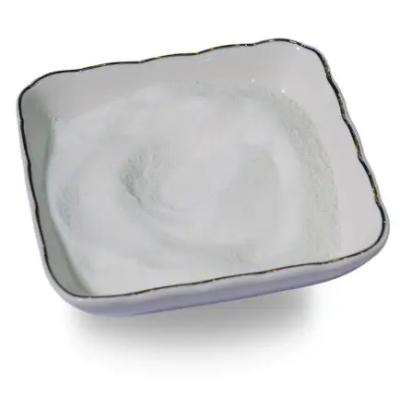
![ethyl (1S,5R)-2-oxo-3-oxabicyclo[3.1.0]hexane-1-carboxylate CAS:145032-58-2](https://cdn.globalso.com/xindaobiotech/VYH6FUCIIBE_I7B6OOPY175.png)
